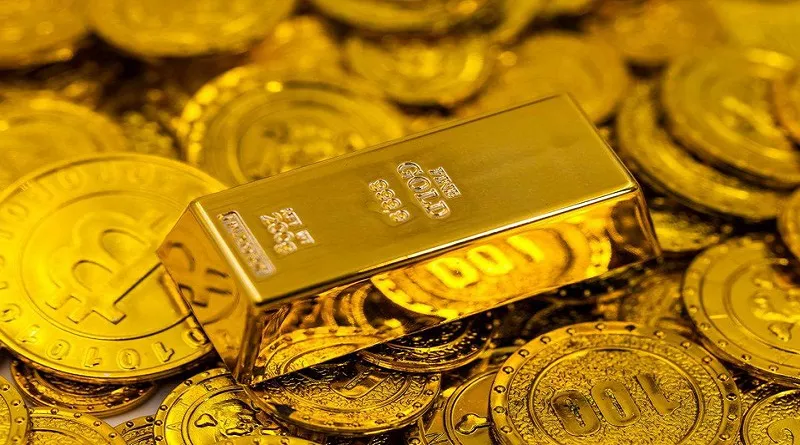In the world of commodities trading, silver futures provide investors with an avenue to participate in the price movements of silver without the need for physical ownership. For those looking to delve into this market, the process of buying silver futures involves understanding key concepts and following specific steps. In this guide, we explore the intricacies of purchasing silver futures, providing clarity for both novice and experienced traders.
Understanding Silver Futures: An Introduction
Definition of Silver Futures:
Silver futures are financial contracts that obligate the buyer to purchase, or the seller to sell, a specified amount of silver at a predetermined price on a future date.
Purpose of Trading Silver Futures:
Investors engage in silver futures to speculate on price movements, hedge against potential losses in other investments, or gain exposure to the silver market without owning physical silver.
Broker Selection: Finding the Right Platform
Research and Comparison:
Conduct thorough research on different brokerage platforms, considering factors such as fees, available resources, trading tools, and reputation.
Regulatory Compliance:
Ensure the selected broker complies with regulatory standards and provides a secure trading environment.
Account Setup: Creating Your Trading Account
Registration Process:
Complete the registration process on the chosen brokerage platform, providing necessary personal and financial information.
Account Verification:
Fulfill any identity verification requirements to ensure compliance with regulatory standards.
Educational Resources: Understanding Silver Futures
Broker’s Educational Materials:
Leverage the educational resources provided by the broker to understand the fundamentals of silver futures trading.
External Sources:
Explore reputable external sources, including financial news, books, and educational websites, to enhance your understanding of silver futures.
Market Analysis: Informed Decision-Making
Price Trends:
Analyze historical and current price trends of silver to make informed predictions about future movements.
Economic Indicators:
Consider macroeconomic factors such as inflation, interest rates, and geopolitical events that may impact silver prices.
Placing a Trade: Executing Your Strategy
Order Types:
Familiarize yourself with various order types, including market orders, limit orders, and stop orders, to implement your trading strategy effectively.
Position Sizing:
Determine the size of your position based on your risk tolerance and overall portfolio strategy.
Monitoring and Management: Active Engagement in Your Investment
Real-Time Tracking:
Utilize the trading platform to monitor real-time silver prices and stay informed about market developments.
Risk Management:
Implement risk management strategies, including setting stop-loss orders and having exit plans, to protect your investment.
Contract Expiration and Rollover: Addressing Future Obligations
Understanding Expiry:
Be aware of the expiration date of your silver futures contract and prepare to take necessary actions as it approaches.
Rollover Process:
If holding a position beyond the expiration, engage in the rollover process to move to a future contract with a later expiry.
Conclusion: Navigating the Silver Futures Landscape
In conclusion, buying silver futures involves a systematic approach that begins with selecting a reputable broker and progresses through market analysis, order placement, and ongoing monitoring. Understanding the nuances of silver futures and the factors influencing their prices empowers traders to make informed decisions and actively manage their investments. Whether driven by speculation or a desire for exposure to the silver market, a thoughtful and educated approach enhances the potential for success in navigating the dynamic landscape of silver futures trading.

